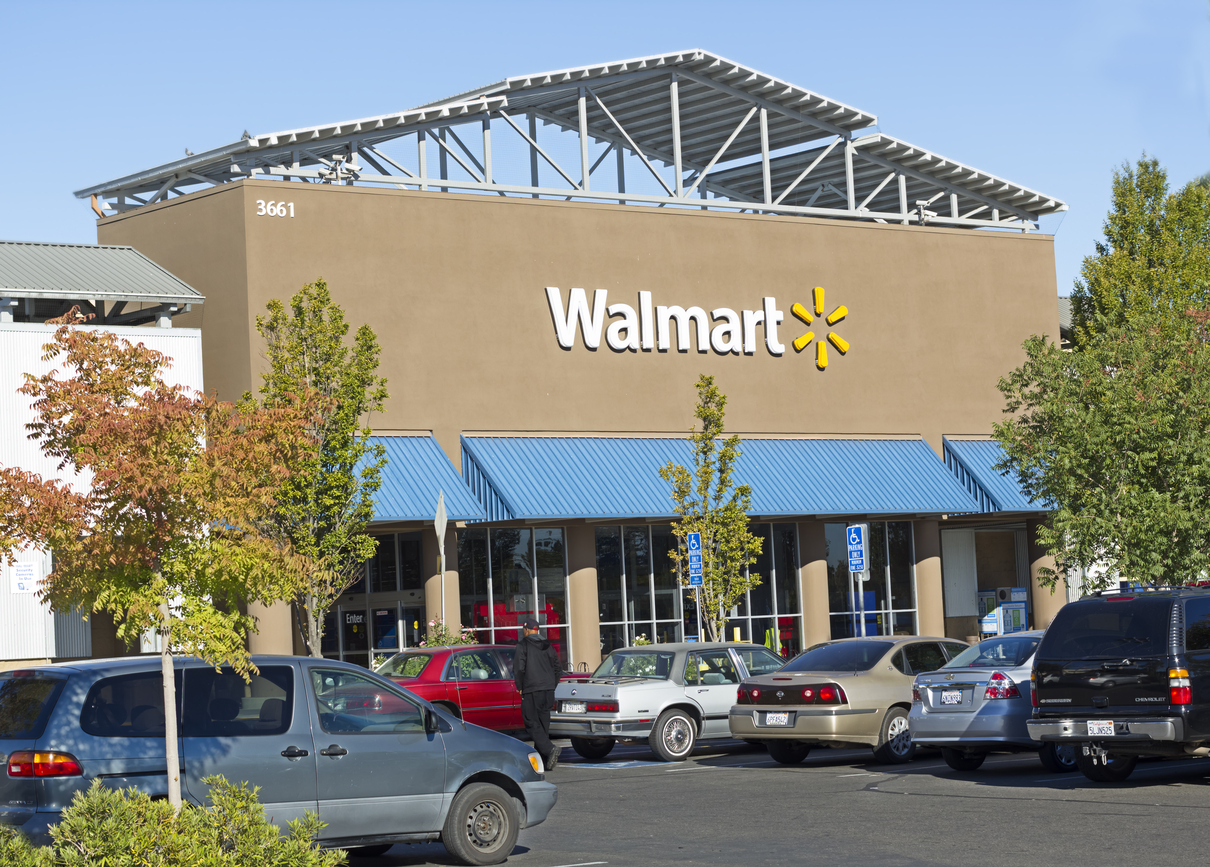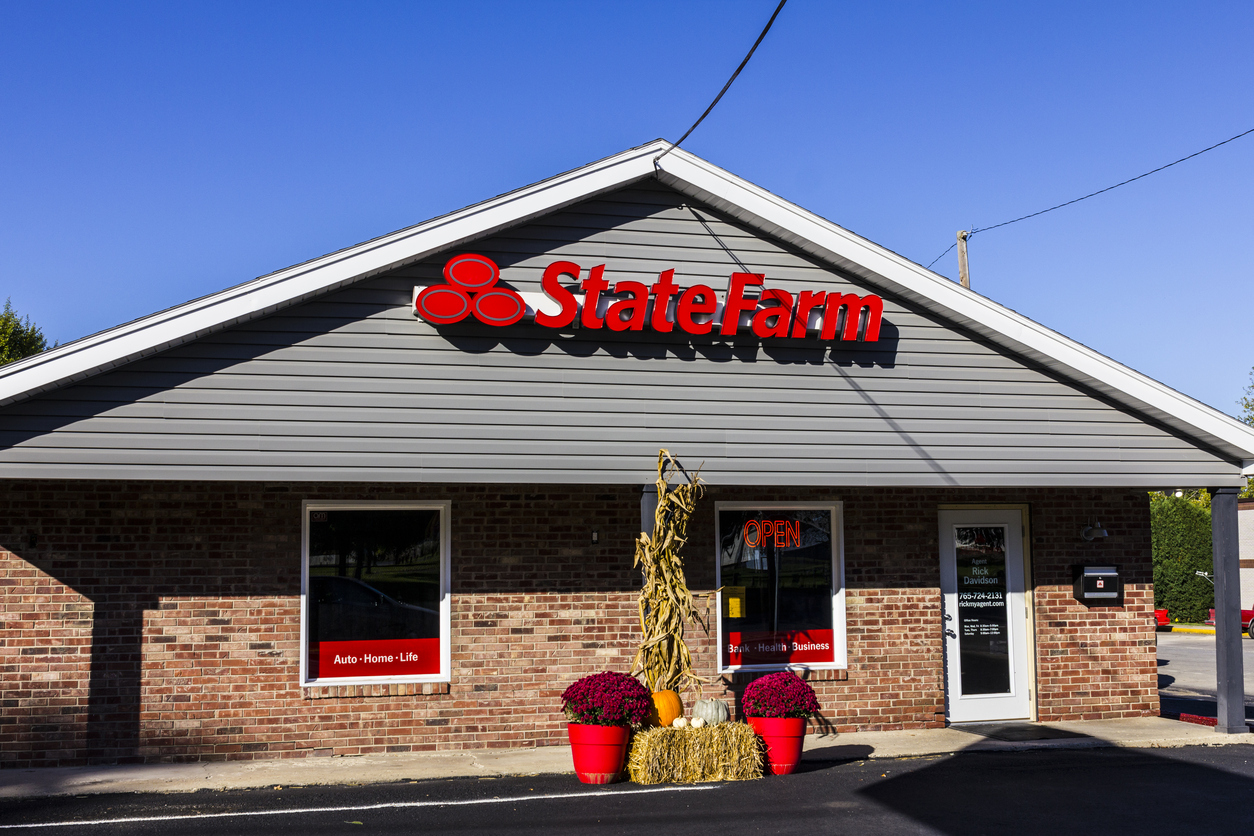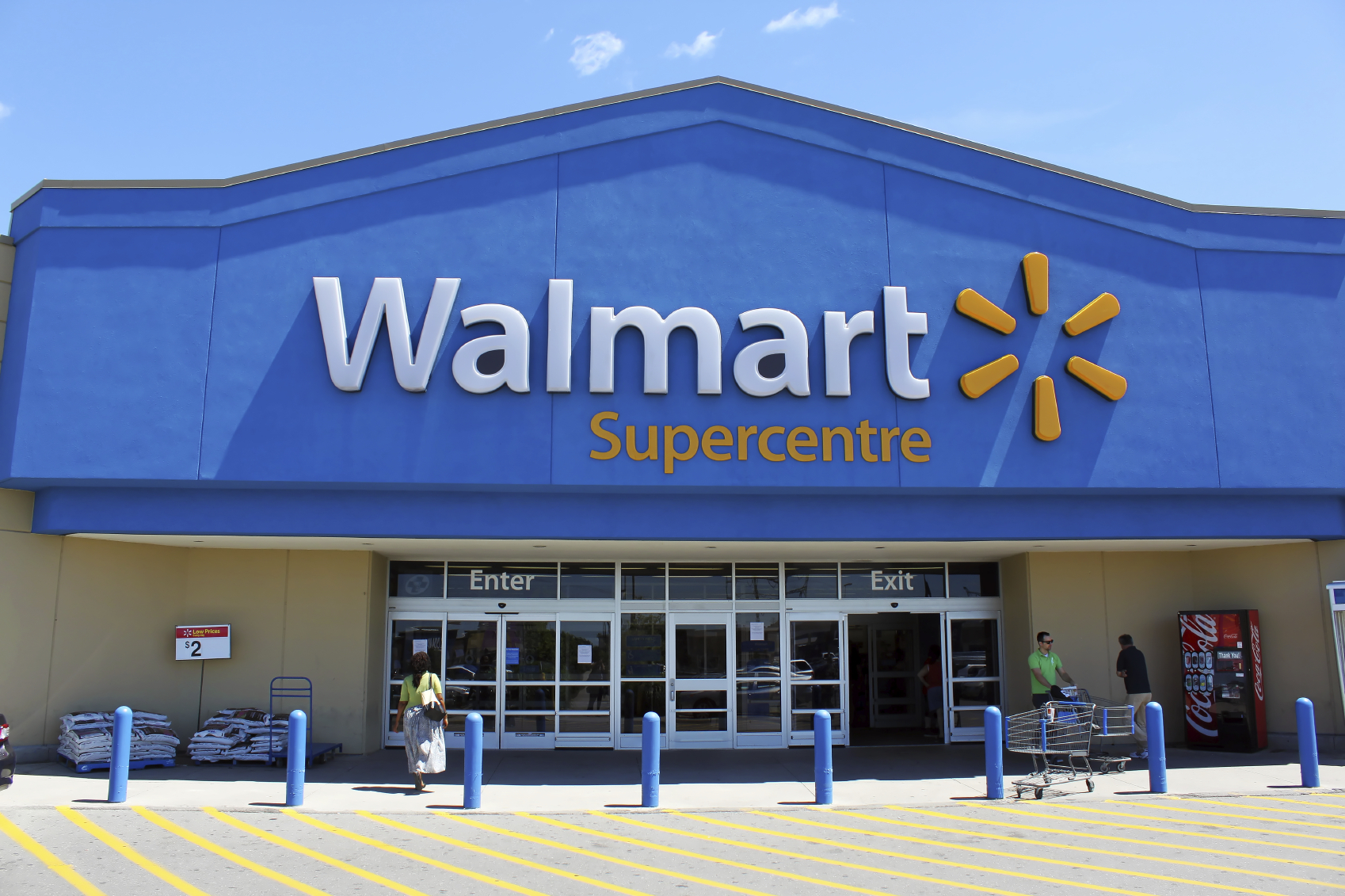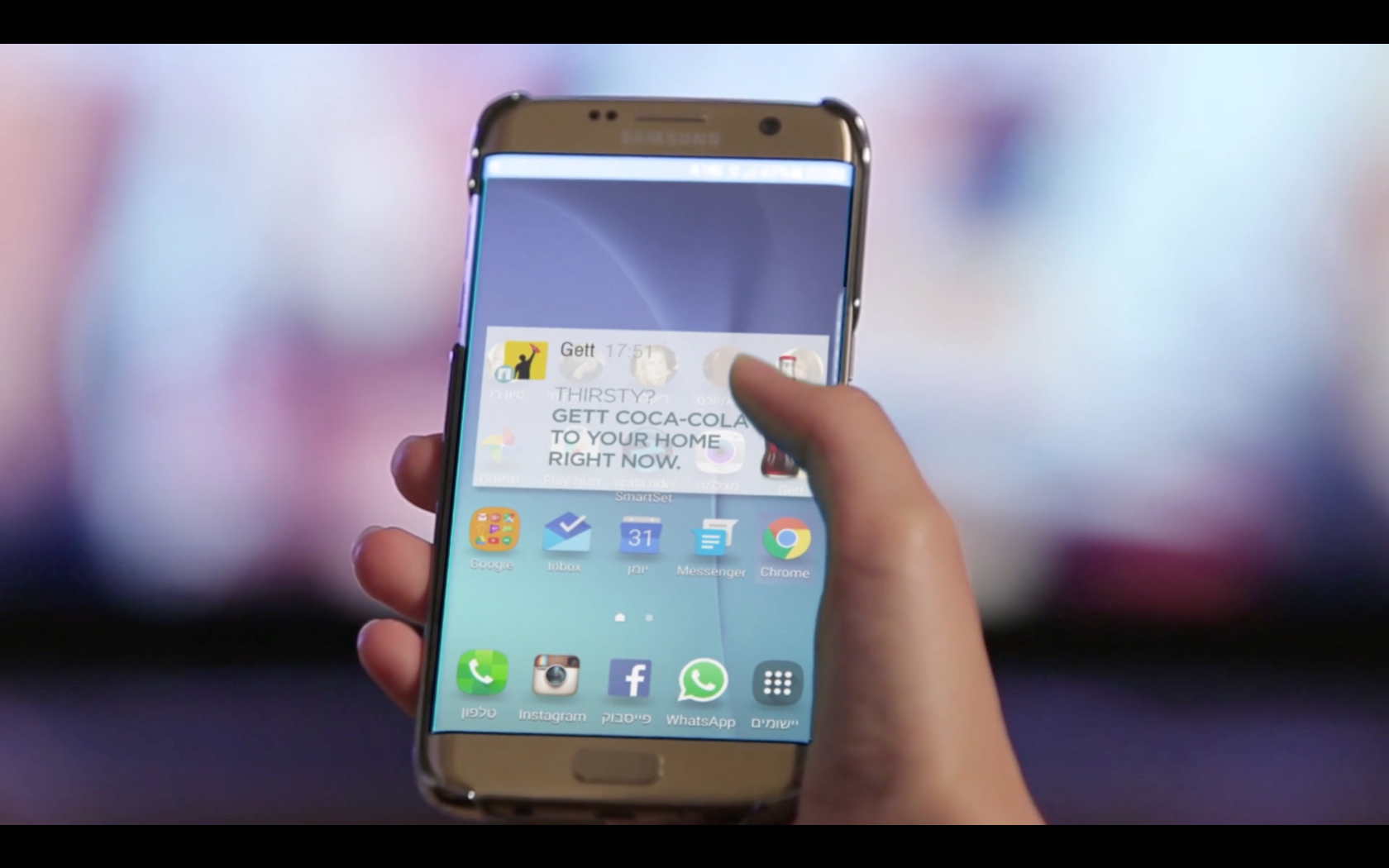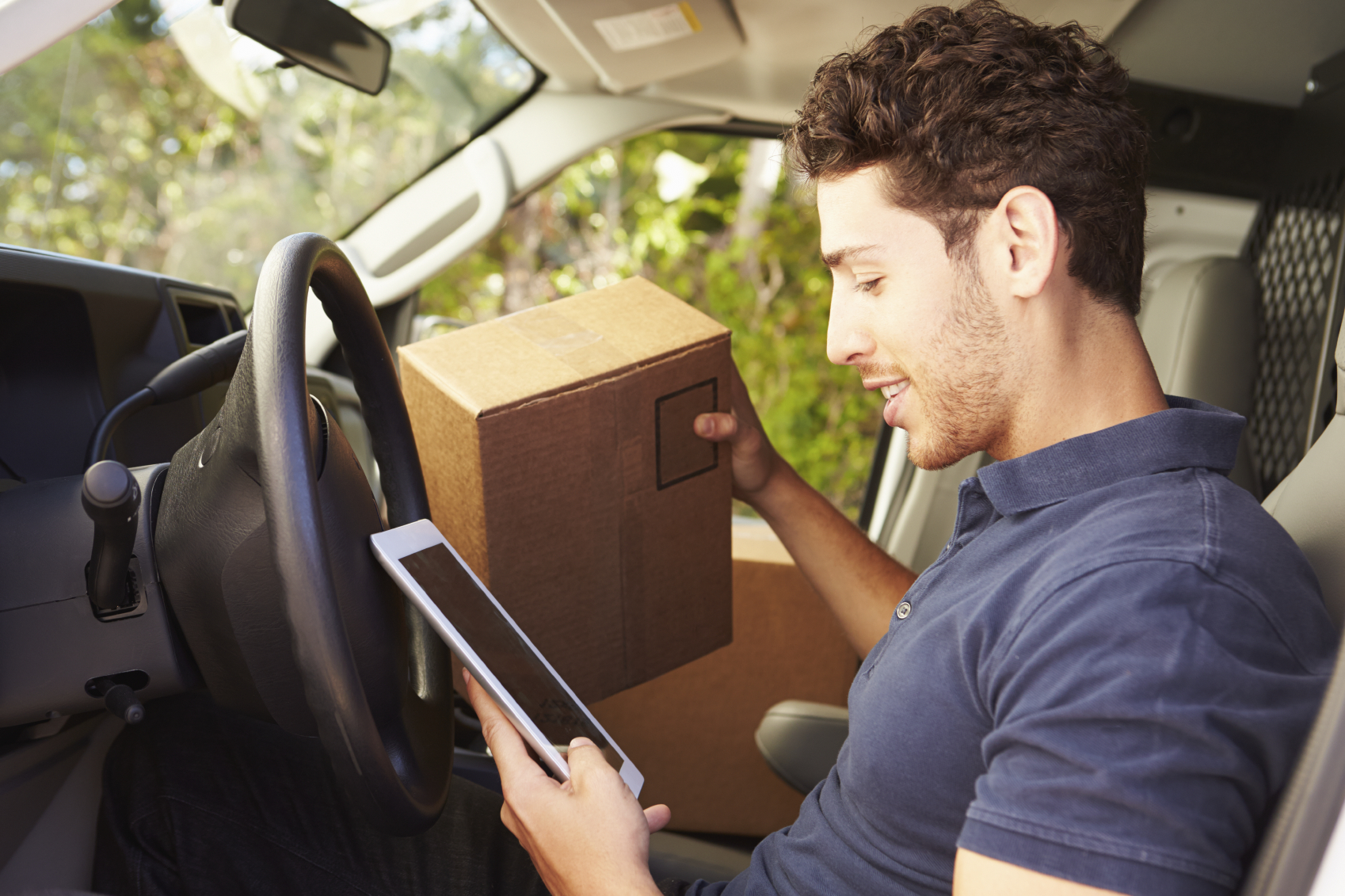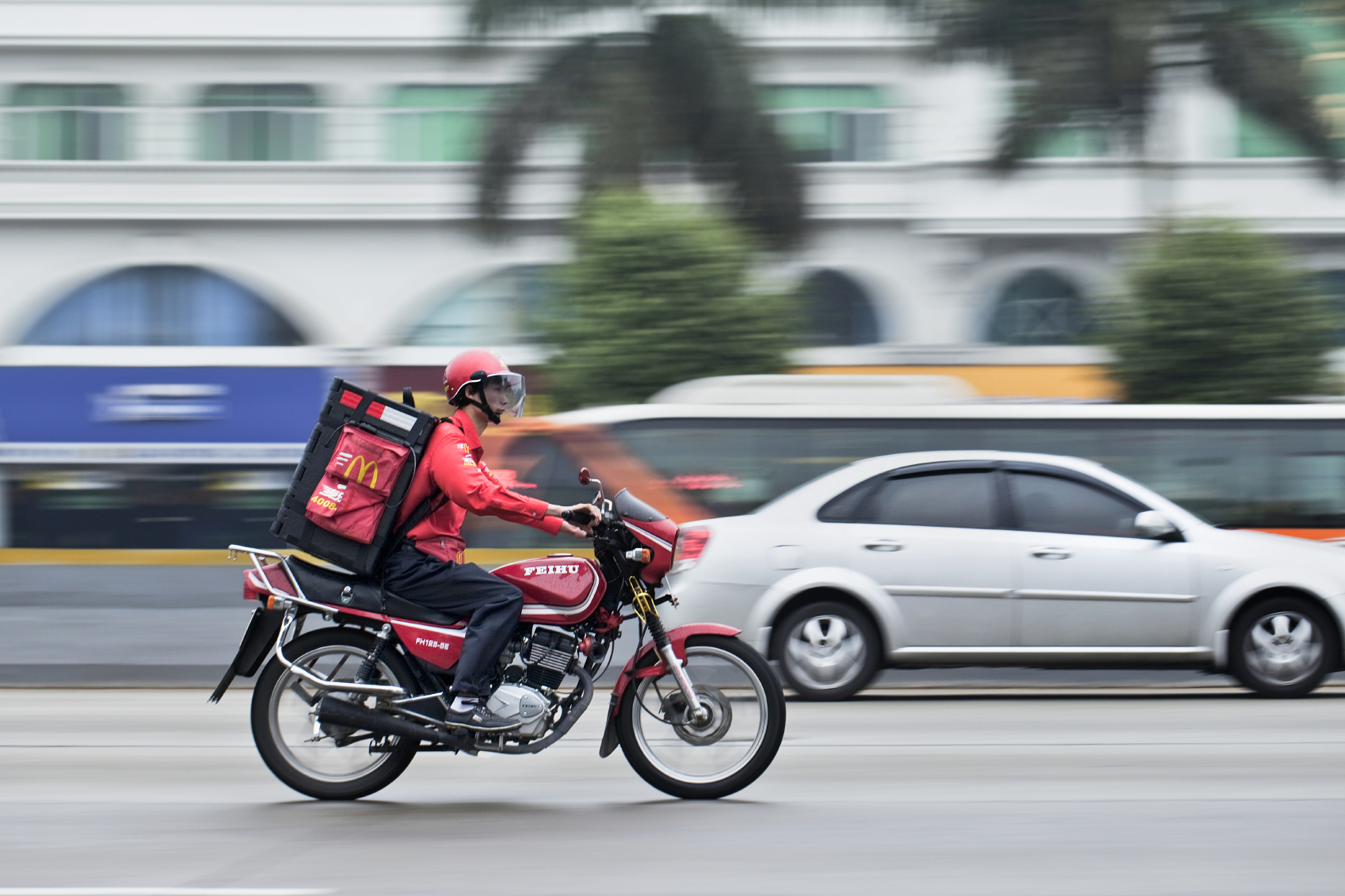What Happened
Walmart has discontinued the $49-per-year membership program ShippingPass it introduced in June for two-day delivery service, as the big-box retailer continues to challenge Amazon’s dominance in ecommerce. Accompanying this announcement, Walmart is also lowering its free shipping order minimum from $50 to $35. Over two million items will be available for free express delivery service, according to Walmart. In comparison, Amazon sells Prime Membership, which includes free two-day delivery on over 50 millions of items with no minimum per order, for $99 a year.
What Brands Need To Do
While it seems unlikely that Walmart will be able to convince the majority of Amazon Prime members to switch, the move at least shows Walmart is determined to compete with Amazon for the non-Prime U.S. households. As more and more consumers turn to online shopping for the convenience and flexibility, brick-and-mortar retailers need to learn from their online competitors and start branching out into the ecommerce space and exploring new ways to modernize their shopping experience.
How We Can Help
The Lab has extensive experience working with retail, beauty, and CPG clients to create and implement digitally-enhanced experiences for their stores. The recently-opened NYX Cosmetics store at Union Square is a proud showcase of our team’s work in crafting a digitally enhanced, innovative retail experience. If you’d like to learn more about how your brand can develop an updated retail strategy and implement digital-driven solutions to transform your retail experience, please contact our Client Services Director Samantha Holland ([email protected]) to schedule a visit to the Lab.
Source:ReCode
